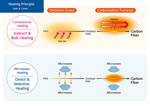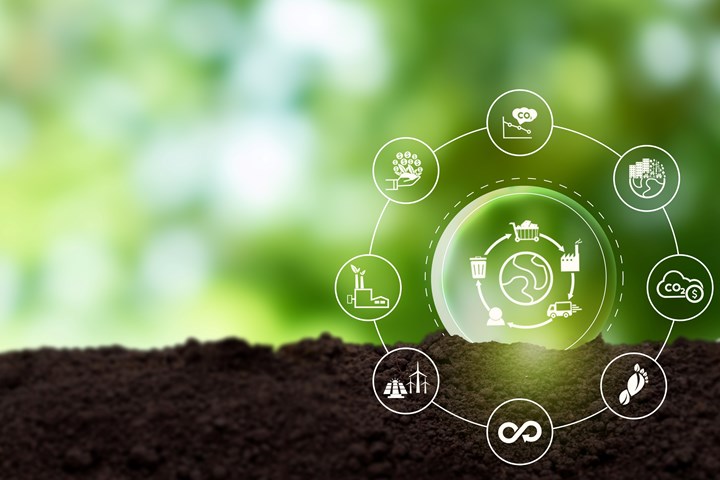Glass Fibre Europe publishes updated continuous filament GFRP life cycle assessment
An update to 2010 and 2015 data indicates that the European industry has reduced GHGs and primary energy consumed for continuous filament glass fiber and increased the circular economy.
Glass Fibre Europe (Brussel, Belgium), the European Glass Fibre Producers Association, has commissioned PwC – Sustainable Performance and Strategy to prepare a report on the life cycle assessment (LCA) of continuous filament glass fiber products. The new report is an update of two previous studies based on 2010 and 2015 data, and is publicly available on the European association website here.
The updated report is based on 2021 manufacturing data collected by PwC from 11 plants based in the European Union, the U.K. and Norway. It covers Glass Fibre Europe members’ production of chopped strands (dry and wet), direct rovings (single end rovings), assembled rovings (multi-end rovings), and mats (chopped strand mats, continuous filament mats). These continuous filament glass fiber products reportedly represent the majority of the reinforcement used in thermosetting and thermoplastic composites applications.
The analysis itself is a cradle-to-gate approach: According to Glass Fibre Europe, it is an assessment of the product life cycle impacts from the raw material extraction and manufacture (“cradle”) to the factory exit gate (i.e., before it is transported to the customer). The use and disposal phases of the products are not covered.
“For over a decade, Glass Fibre Europe’s LCA reports have contributed demonstrating the advantages of using composites as sustainable solutions. The report is now updated with the latest available data and methodology, and our member companies hope it will continue promoting the use of LCA methodology through the value chain,” Cédric Janssens, secretary general of Glass Fibre Europe, says. Glass Fibre Europe data is to be shared with the Association of the European Composites Industry (EuCIA, Brussels) for a future update of the “Eco Impact Calculator for composites,” an online tool calculating the environmental impact of composite products in Europe.
The report shows that, between 2015 and 2021, the European industry has reduced the primary energy consumed to produce 1 kilogram of continuous filament glass products by 8.1% on average and greenhouse gas (GHG) emissions by 3.2% on average. In terms of a circular economy, 44% of the industry’s production waste has been recycled in 2021, a large jump compared to the previous reference year, which was 26% in 2015.
“The European glass fiber industry has the ambition to become climate neutral by 2050 and that zero internal waste ends up in landfills,” Ludovic Piraux, president of Glass Fibre Europe, adds. “We know that the journey towards climate neutrality is very challenging but also exciting for our industry. It is therefore encouraging that the latest LCA report clearly shows that the investments made by the industry are paying off and that we could reduce the environmental footprint of our products.”
For additional resources related to this topic:
- The NCC is studying the validity LCA tools available to the composites industry.
- Heartland completed an LCA on hemp fiber.
- Teijin carries out LCAs on carbon fiber materials.
Related Content
-
Recycling end-of-life composite parts: New methods, markets
From infrastructure solutions to consumer products, Polish recycler Anmet and Netherlands-based researchers are developing new methods for repurposing wind turbine blades and other composite parts.
-
Novel dry tape for liquid molded composites
MTorres seeks to enable next-gen aircraft and open new markets for composites with low-cost, high-permeability tapes and versatile, high-speed production lines.
-
Price, performance, protection: EV battery enclosures, Part 1
Composite technologies are growing in use as suppliers continue efforts to meet more demanding requirements for EV battery enclosures.

















